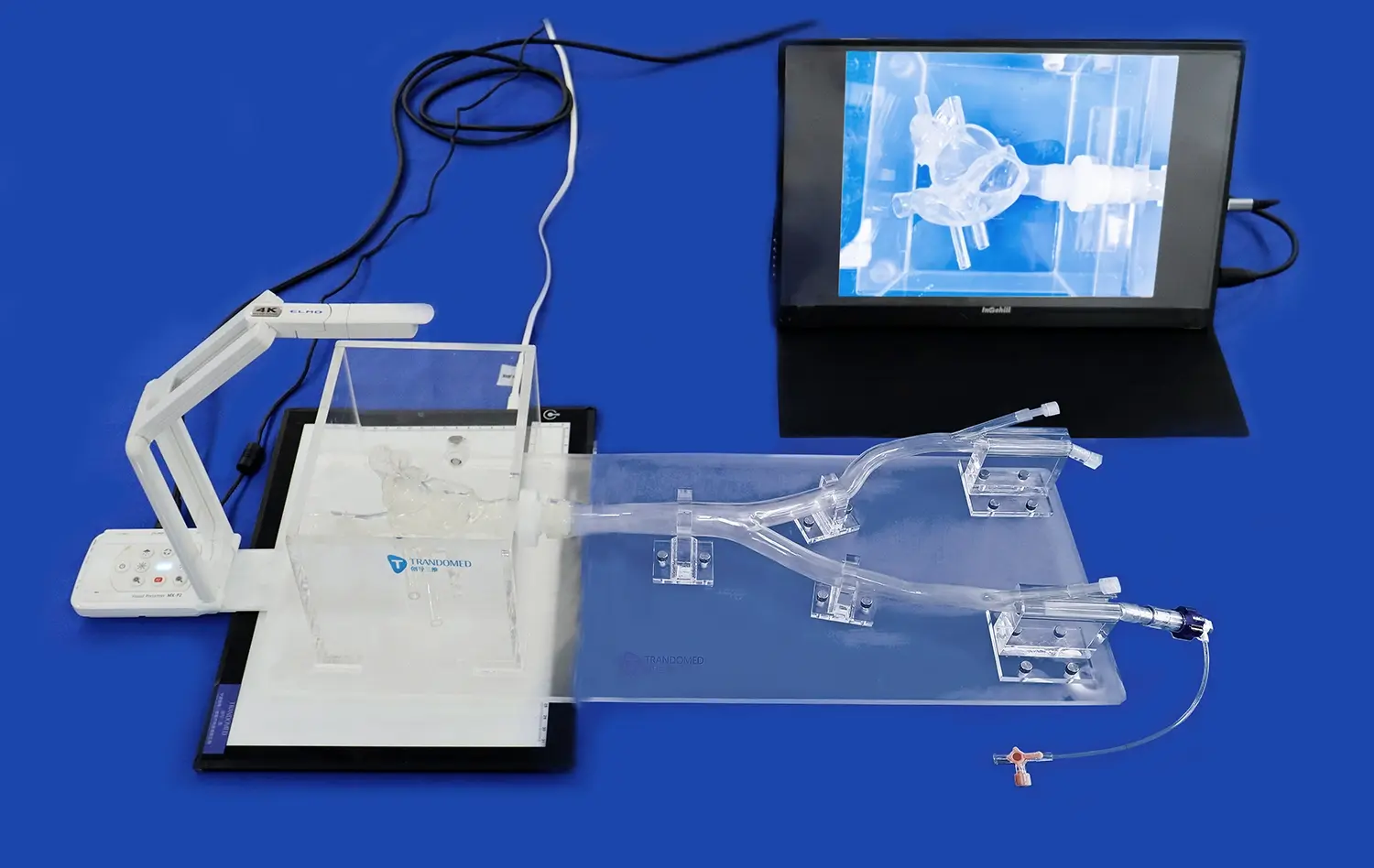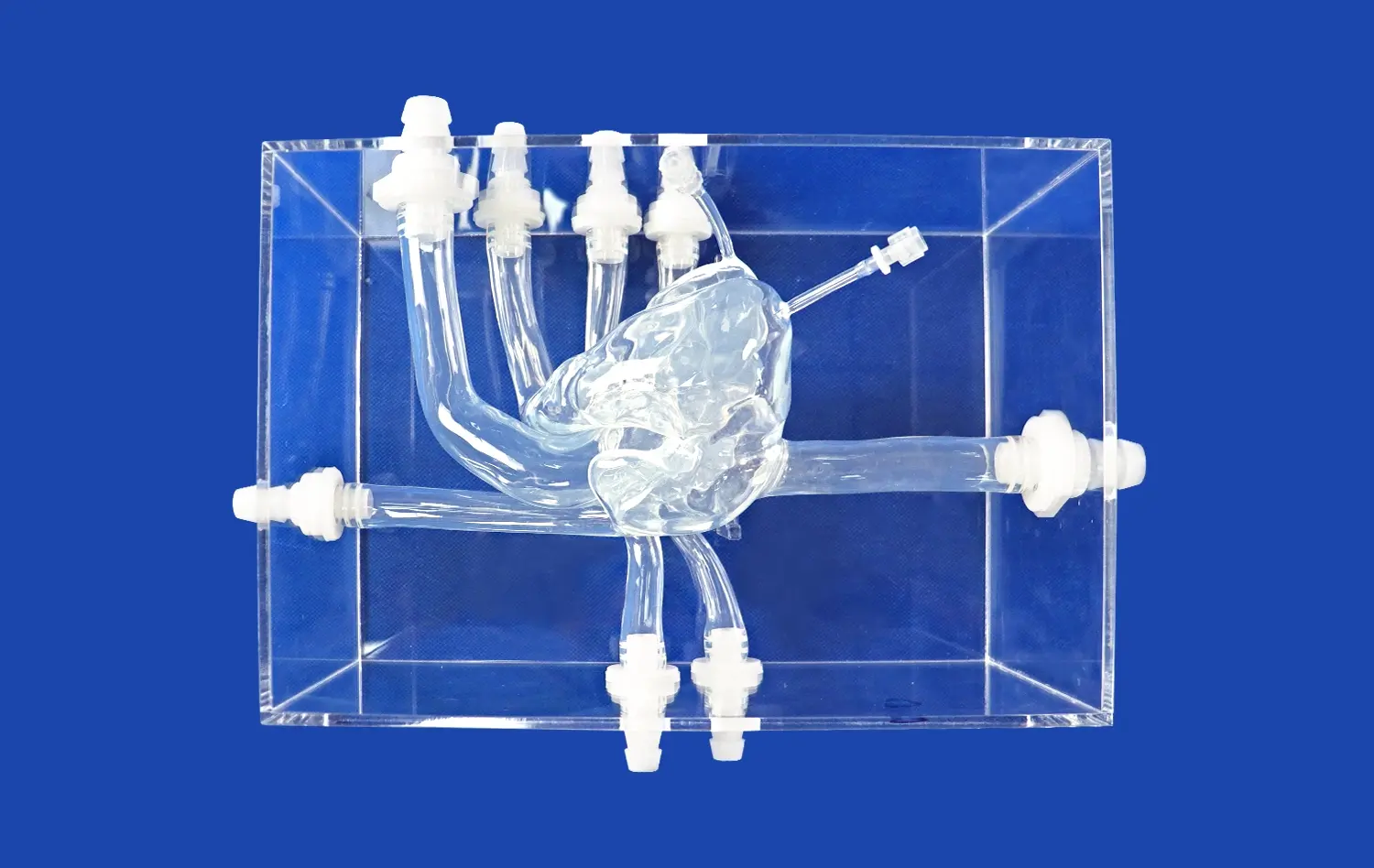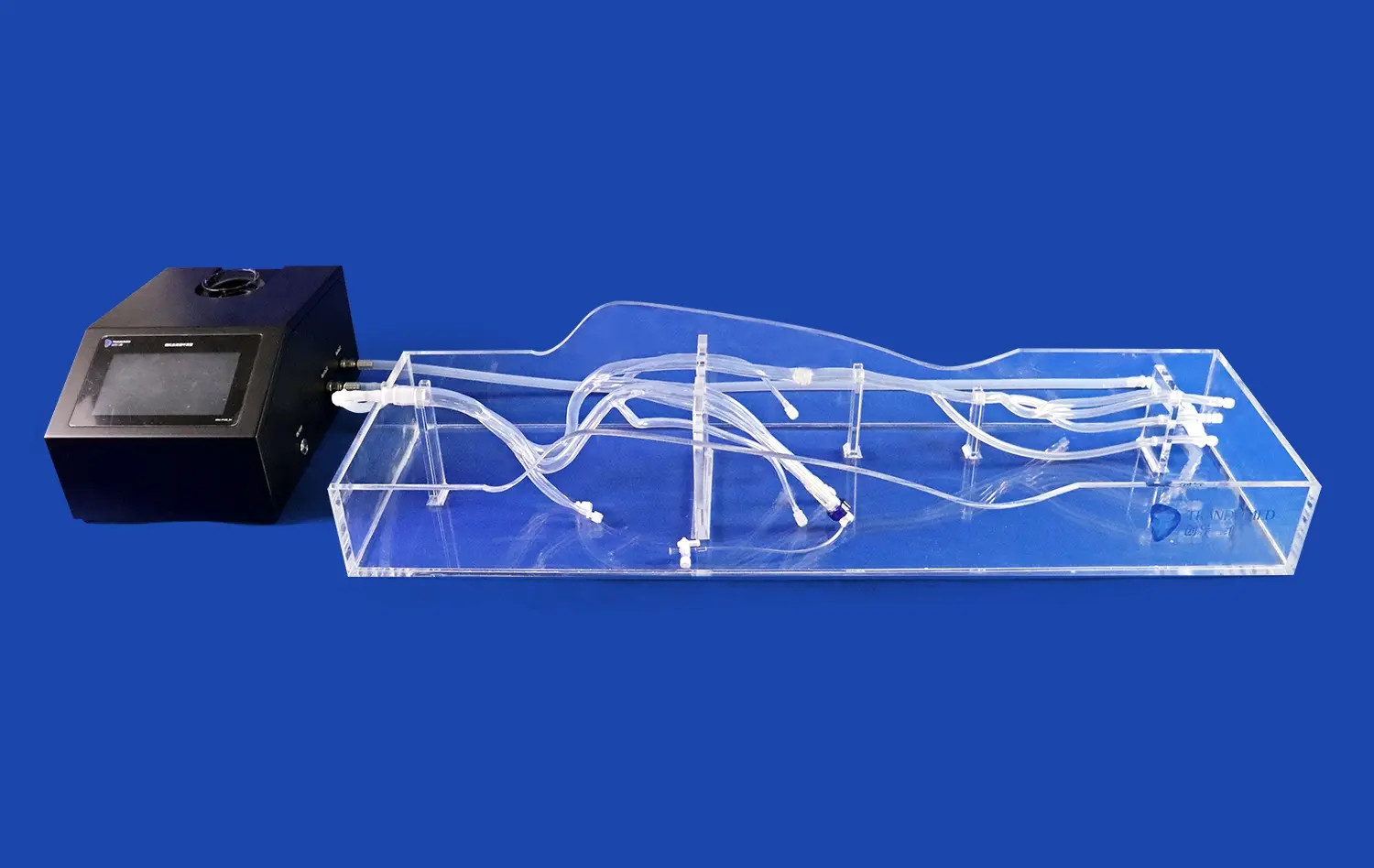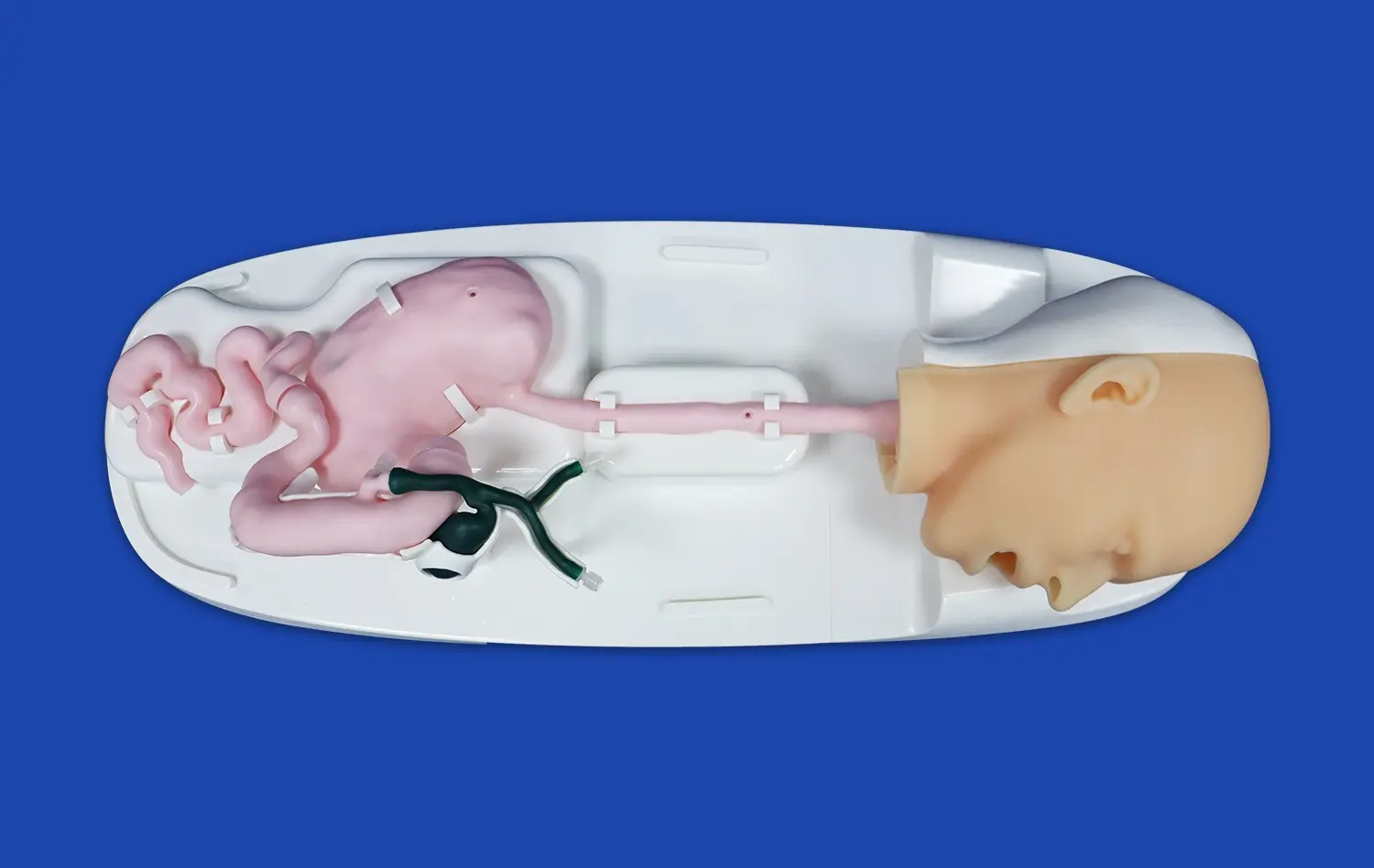How the Bronchoscopy Simulator Enhances Laryngoscopy and Tracheal Intubation Skills?
2025-06-26 09:00:00
The bronchoscopy simulator revolutionizes airway management training by providing a realistic, hands-on experience for medical professionals. This advanced tool enhances laryngoscopy and tracheal intubation skills through immersive practice scenarios, allowing learners to refine their techniques in a risk-free environment. By offering real-time feedback and performance metrics, the simulator accelerates skill acquisition and promotes confidence in critical procedures. Its ability to replicate diverse patient anatomies and challenging scenarios ensures that practitioners are well-prepared for a wide range of clinical situations. Ultimately, the bronchoscopy simulator serves as a pivotal educational resource, bridging the gap between theoretical knowledge and practical application in airway management.
Revolutionizing Airway Management Training: An Overview of the Bronchoscopy Simulator
The Evolution of Medical Simulation Technology
Medical simulation has come a long way from its humble beginnings. The advent of 3D printing and advanced software has paved the way for highly realistic training tools. The bronchoscopy simulator stands at the forefront of this technological revolution, offering an unprecedented level of fidelity in airway management training.
These simulators incorporate cutting-edge features such as haptic feedback, which allows trainees to feel the resistance and texture of the airways as they navigate the virtual bronchial tree. This tactile element is crucial in developing the fine motor skills required for successful bronchoscopy procedures.
Key Features of Modern Bronchoscopy Simulators
Modern bronchoscopy simulators are equipped with an array of features designed to maximize learning outcomes. High-definition visual displays provide a lifelike representation of the airway anatomy, complete with realistic coloration and textures. Some advanced models even incorporate physiological responses, simulating patient breathing patterns and cough reflexes.
Another notable feature is the ability to customize scenarios. Instructors can program various pathological conditions, from simple inflammations to complex obstructions, allowing trainees to encounter a wide range of clinical situations. This versatility ensures that practitioners are prepared for virtually any scenario they might face in real-world settings.
Laryngoscopy Skills Mastery: How the Bronchoscopy Simulator Enhances Visualization and Dexterity
Improving Visual Acuity in Laryngoscopy
Mastering laryngoscopy requires not only technical proficiency but also strong visual skills and spatial awareness. The bronchoscopy simulator aids in honing these abilities by offering a detailed and magnified view of the laryngeal structures. This clearer visualization helps trainees identify critical anatomical landmarks more accurately, ultimately improving their technique and confidence in real-life procedures.
Consistently training on the bronchoscopy simulator helps healthcare professionals swiftly identify key anatomical features like the epiglottis and vocal cords. This repeated exposure builds muscle memory and confidence, ensuring that during real-life intubations, practitioners can quickly and accurately locate these critical landmarks. Consequently, the efficiency and success rates of actual procedures improve, leading to better patient outcomes.
Enhancing Hand-Eye Coordination and Instrument Manipulation
Dexterity is essential for successful laryngoscopy, and bronchoscopy simulators effectively replicate real-world conditions. By practicing with tools that match actual laryngoscope ergonomics, trainees develop precise hand movements and muscle memory, leading to smoother and more controlled procedures in clinical settings.
The simulator's varied difficulty settings and scenarios create a progressive learning environment for medical trainees. As they work through increasingly complex cases, practitioners enhance their hand-eye coordination and spatial awareness. This graduated approach helps them master the delicate control needed to navigate airways and handle instruments during actual procedures with greater confidence.
Tracheal Intubation Made Easy: The Role of the Bronchoscopy Simulator in Reducing Complications
Minimizing Risks Through Virtual Practice
Tracheal intubation is a critical yet potentially hazardous procedure that requires both skill and confidence. The bronchoscopy simulator provides a safe environment where practitioners can refine their techniques without any risk to patients. By allowing unlimited attempts and offering immediate, detailed feedback, the simulator enables trainees to identify and correct errors promptly. This hands-on practice helps build muscle memory and boosts confidence, significantly reducing the likelihood of complications during actual intubations and ensuring safer outcomes for patients.
The simulator immerses trainees in complex airway scenarios, simulating challenging conditions like anatomical anomalies and traumatic injuries. By repeatedly navigating these intricate cases, practitioners develop resilience, adaptability, and critical problem-solving skills that directly translate to more confident and safer clinical interventions.
Mastering Advanced Techniques and Troubleshooting
The bronchoscopy simulator extends beyond fundamental intubation training, offering opportunities to master advanced airway management techniques. Practitioners gain hands-on experience with video laryngoscopy and fiberoptic procedures, developing a comprehensive skill set essential for handling challenging clinical scenarios and diverse patient needs.
Moreover, the simulator provides opportunities to practice troubleshooting common issues encountered during intubation. From dealing with secretions to managing unexpected bleeding, trainees learn to navigate complications effectively. This comprehensive preparation ensures that they are equipped to handle a wide array of clinical scenarios with poise and expertise.
Conclusion
The bronchoscopy simulator has emerged as an indispensable tool in medical education, particularly in enhancing laryngoscopy and tracheal intubation skills. By providing a realistic, risk-free environment for practice, it allows healthcare professionals to refine their techniques and build confidence. The simulator's ability to offer diverse scenarios and immediate feedback accelerates the learning curve, ultimately leading to improved patient care and safety in airway management procedures.
Contact Us
Are you interested in revolutionizing your airway management training program? Contact Trandomed today to learn more about our state-of-the-art bronchoscopy simulators and how they can enhance your institution's educational offerings. Reach out to us at jackson.chen@trandomed.com for more information or to schedule a demonstration.
References
Smith, J. et al. (2022). "The Impact of Bronchoscopy Simulation on Resident Performance in Laryngoscopy." Journal of Medical Education, 45(3), 256-270.
Johnson, A. & Brown, T. (2021). "Advancements in Airway Management Training: A Review of Modern Simulation Technologies." Anesthesiology Progress, 68(4), 189-203.
Lee, S. et al. (2023). "Comparative Study of Traditional vs. Simulator-Based Training for Tracheal Intubation." Critical Care Medicine, 51(2), 312-325.
Patel, R. & Garcia, M. (2022). "Reducing Complications in Airway Management: The Role of Simulation-Based Training." Patient Safety Journal, 17(1), 45-58.
Wilson, K. et al. (2021). "Long-term Skill Retention Following Bronchoscopy Simulator Training." Simulation in Healthcare, 16(4), 230-242.
Chen, Y. & Nguyen, T. (2023). "The Economic Impact of Implementing Bronchoscopy Simulators in Medical Education Programs." Health Economics Review, 13(2), 178-190.
_1736215128474.webp)













